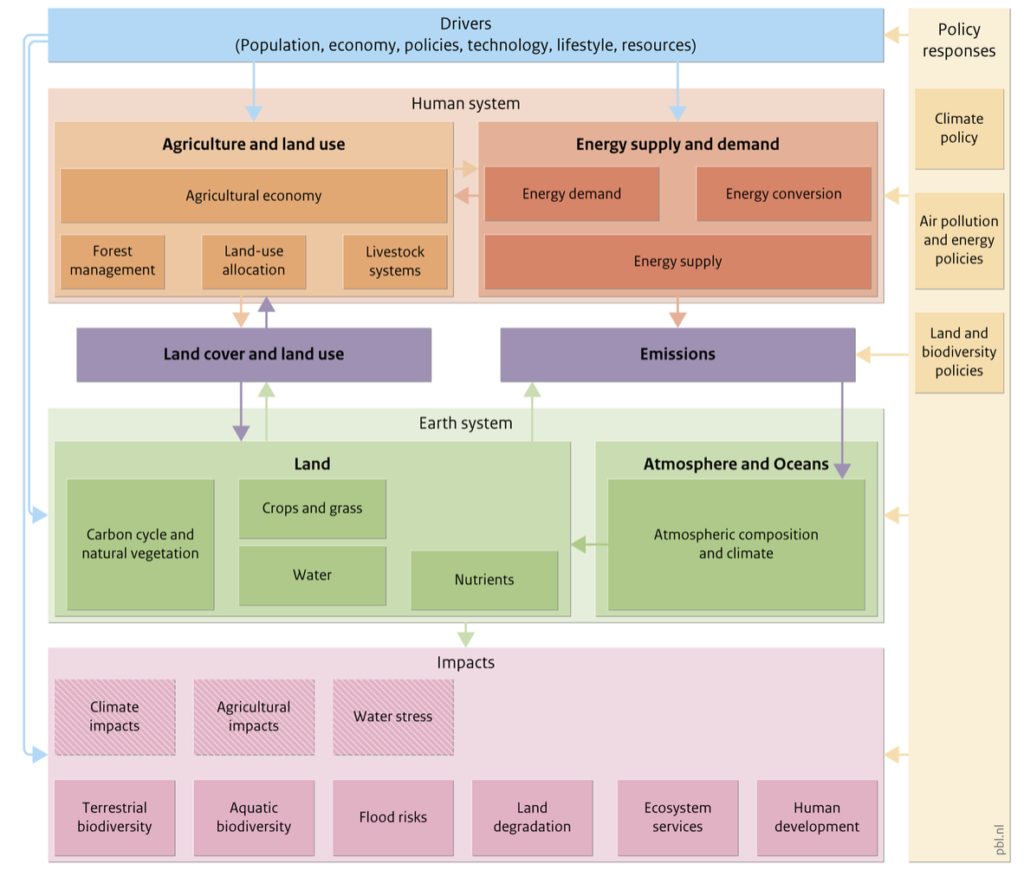Complex Adaptive Systems Challenges
While many, if not most, complex adaptive systems challenges are interconnected…
…they may have one or two primary factors that make them either more environmental or more social challenges.
Below we list several types of challenges policy teams may be called upon to address including hypothetical complexity factors impacts, system conditions, and proposed bridges to close the gap between them. These examples illustrate the power of incorporating complexity into policy planning and delivery, which is itself an emerging concept:
George Monbiot, 19 November 2021:
A fascinating paper published in January in the journal Climate Policy showed how we could harness the power of “domino dynamics”: non-linear change, proliferating from one part of the system to another. It points out that “cause and effect need not be proportionate”, a small disturbance, in the right place, can trigger a massive response from a system and flip it into a new state. This is how the global financial crisis of 2008-09 happened: a relatively minor shock (mortgage defaults in the US) was transmitted and amplified through the entire system, almost bringing it down. We could use this property to detonate positive change.
Sudden shifts in energy systems have happened before. The paper points out that the transition in the US from horse-drawn carriages to cars running on fossil fuels took just over a decade. The diffusion of new technologies tends to be self-accelerating, as greater efficiencies, economies of scale and industrial synergies reinforce each other. The authors’ hope is that, when the penetration of clean machines approaches a critical threshold, and the infrastructure required to deploy them becomes dominant, positive feedbacks will rapidly drive fossil fuels to extinction.
For example, as the performance of batteries, power components and charging points improves and their costs fall, the price of electric cars drops and their desirability soars. At this point (in other words, right now), small interventions by government could trigger cascading change. This has already happened in Norway, where a change in taxes made electric vehicles cheaper than fossil-fuel cars. This flipped the system almost overnight: now more than 50% of the nation’s new car sales are electric, and petrol models are heading for extinction.
As electric cars become more popular, and more polluting vehicles become socially unacceptable, it becomes less risky for governments to impose the policies that will complete the transition. This then helps to scale the new technologies, causing their price to fall further, until they outcompete petrol cars without the need for tax or subsidy, locking in the transition. Driven by this new economic reality, the shift then cascades from one nation to another. https://www.monbiot.com/2021/11/19/domino-theory/
Environmental
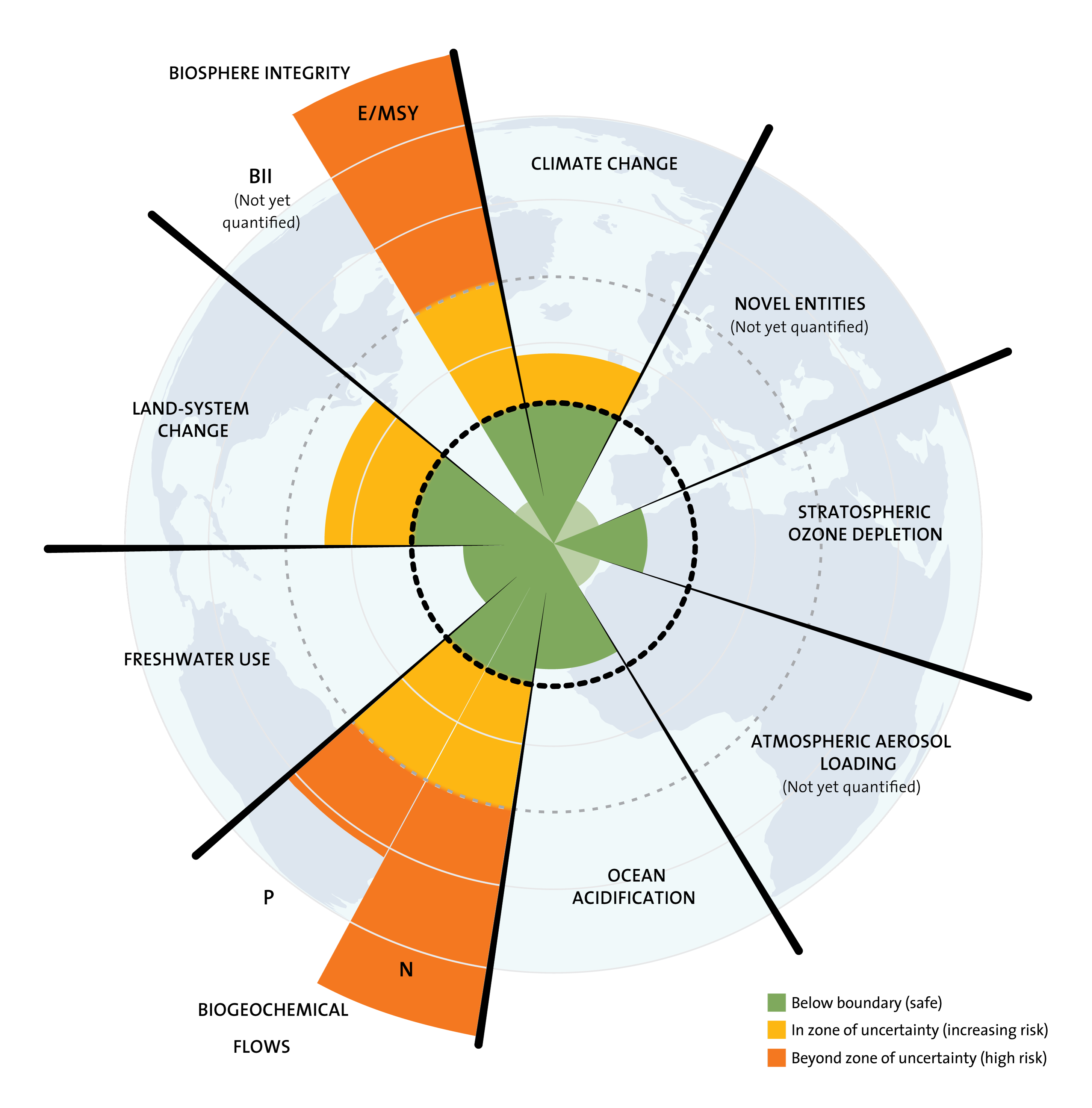
The Nine Planetary Boundaries; J. Lokrantz/Azote based on Steffen et al. 2015.
Social
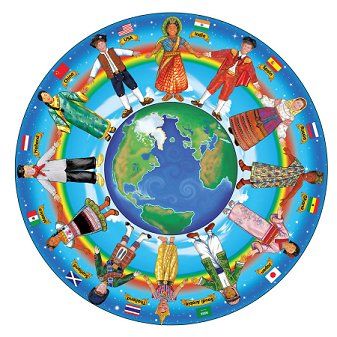

Yosemite Valley, ©Darien Simon
LAND USE
Land use impacts result from coupled social and environmental complex adaptive systems. Most commonly, the strongest impacts are society on nature. Many of these feed into the worsening weather-related crises being experienced around the world as well as oceanic dead zones (excess nitrogen runoff), habitat destruction (development of greenfields), and soil degradation (development and agricultural practices). These extremes are indications of the changing climate due to the greenhouse effect as predicted by Eunice Foote (1856), but commonly attributed to John Tyndall (1859)*. MORE

Sunset, Sonoma Co., CA ©Darien Simon
AIR QUALITY
Air quality is influenced by environmental conditions locally and globally, as well as social systems from agricultural to metro-urban forms. Impacts on air quality also vary considerably due to the different persistences of chemicals in the various layers of atmosphere. But whatever the source, if a chemical persists long enough, particularly the GHGs, it can have a global influence on air quality. It may also lead to unexpected and nonlinear impacts such as… MORE

Taughannock Creek, NY ©Darien Simon
FRESH WATER
Land use and air quality influence the availability of fresh water through their impacts on weather patterns and the adaptability of the landscape and ecosystems within their traditional climate zones, particularly as the zones shift with changing climates. Less snowfall leads to less melt and slower or no glacial growth, both contribute to increasing water shortages downstream. MORE

Goat Rock Surf, CA ©Darien Simon
OCEANS and SEAS
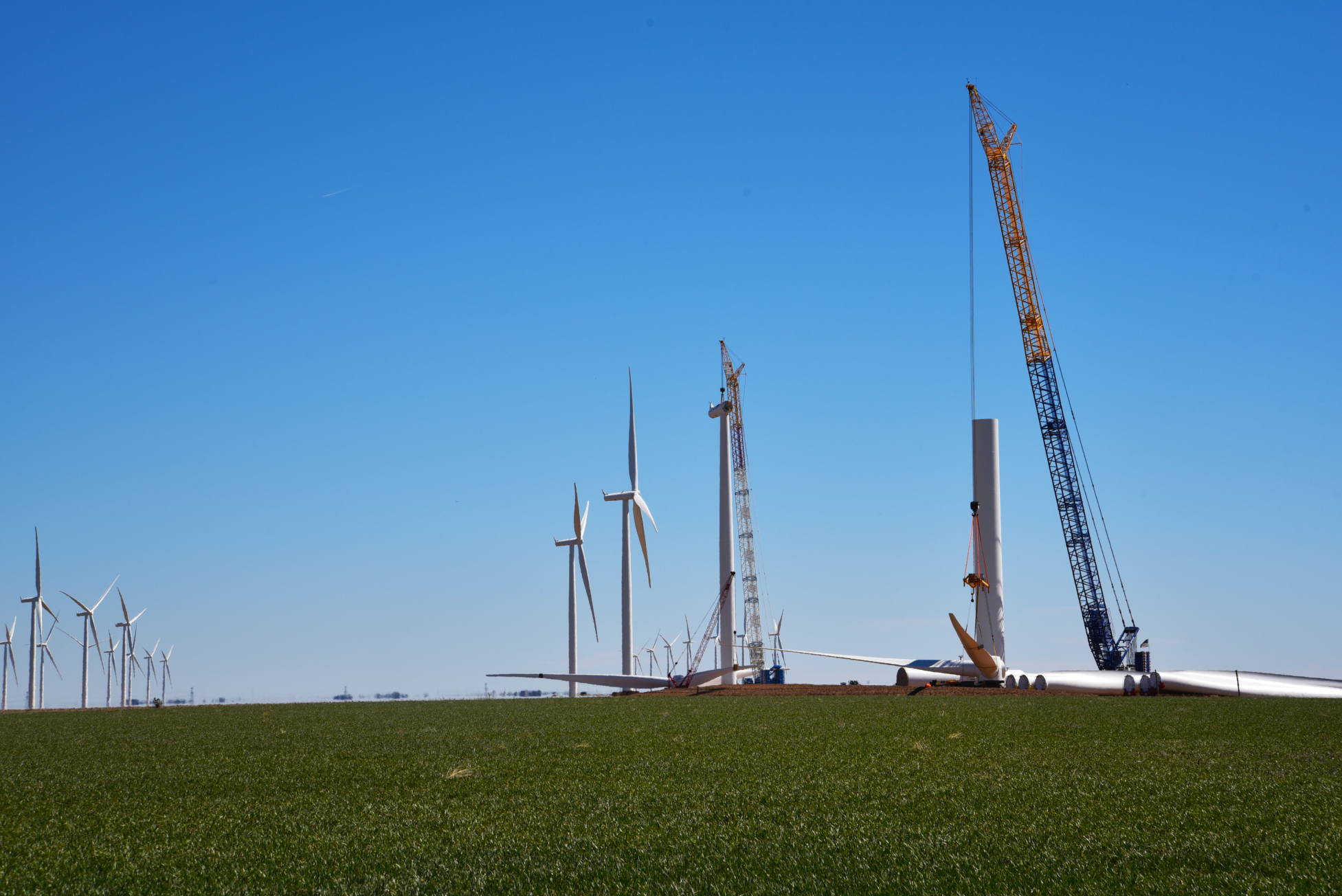
Wind Turbines, SW US, ©Darien Simon
ENERGY

Landfill, Tom Fisk Creative Commons
WASTE
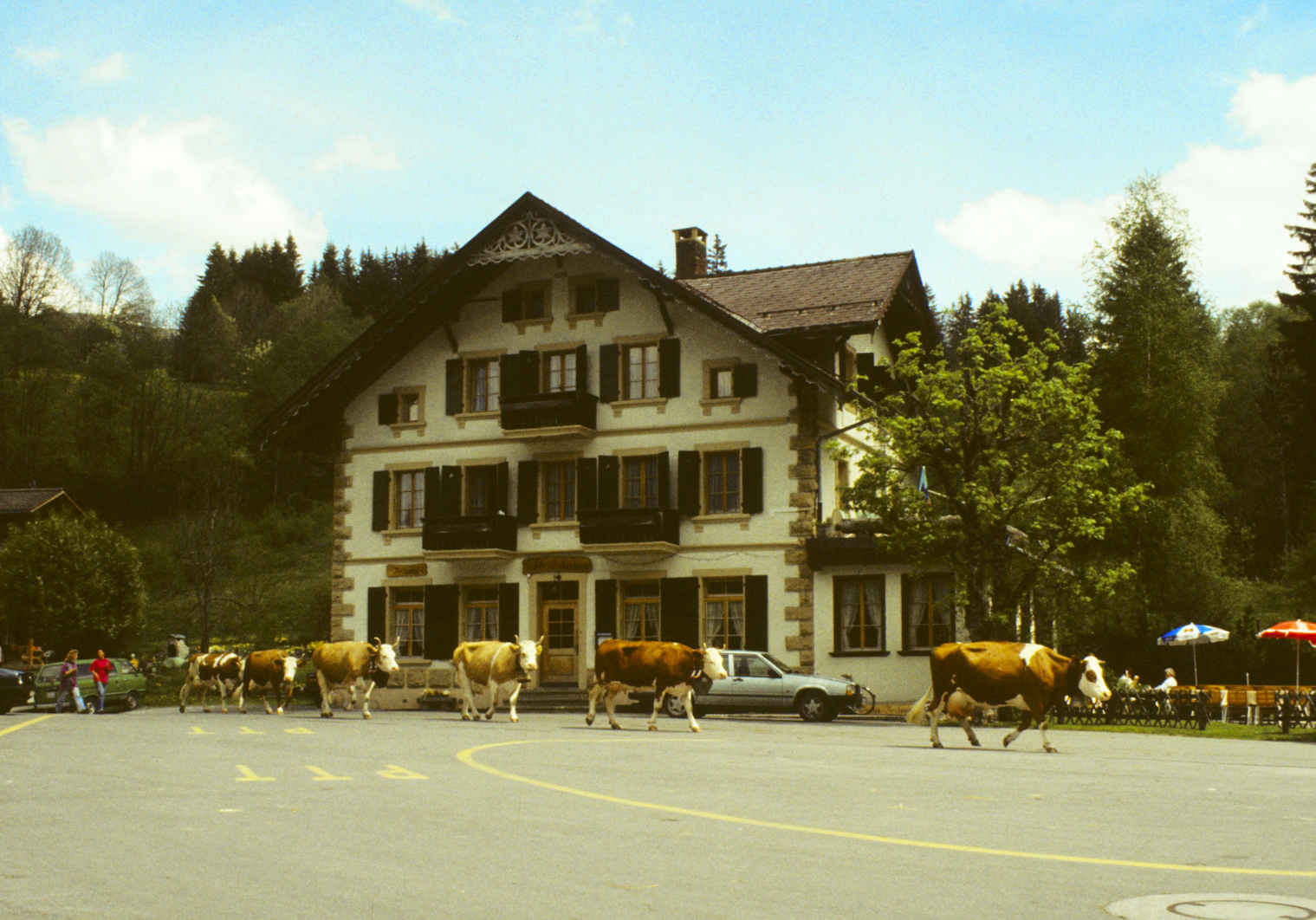
Lauenen, Switzerland, ©Darien Simon
PLACES

Laisa, ©Darien Simon
PEOPLE

Dignity Project Community Hub
EQUITY

